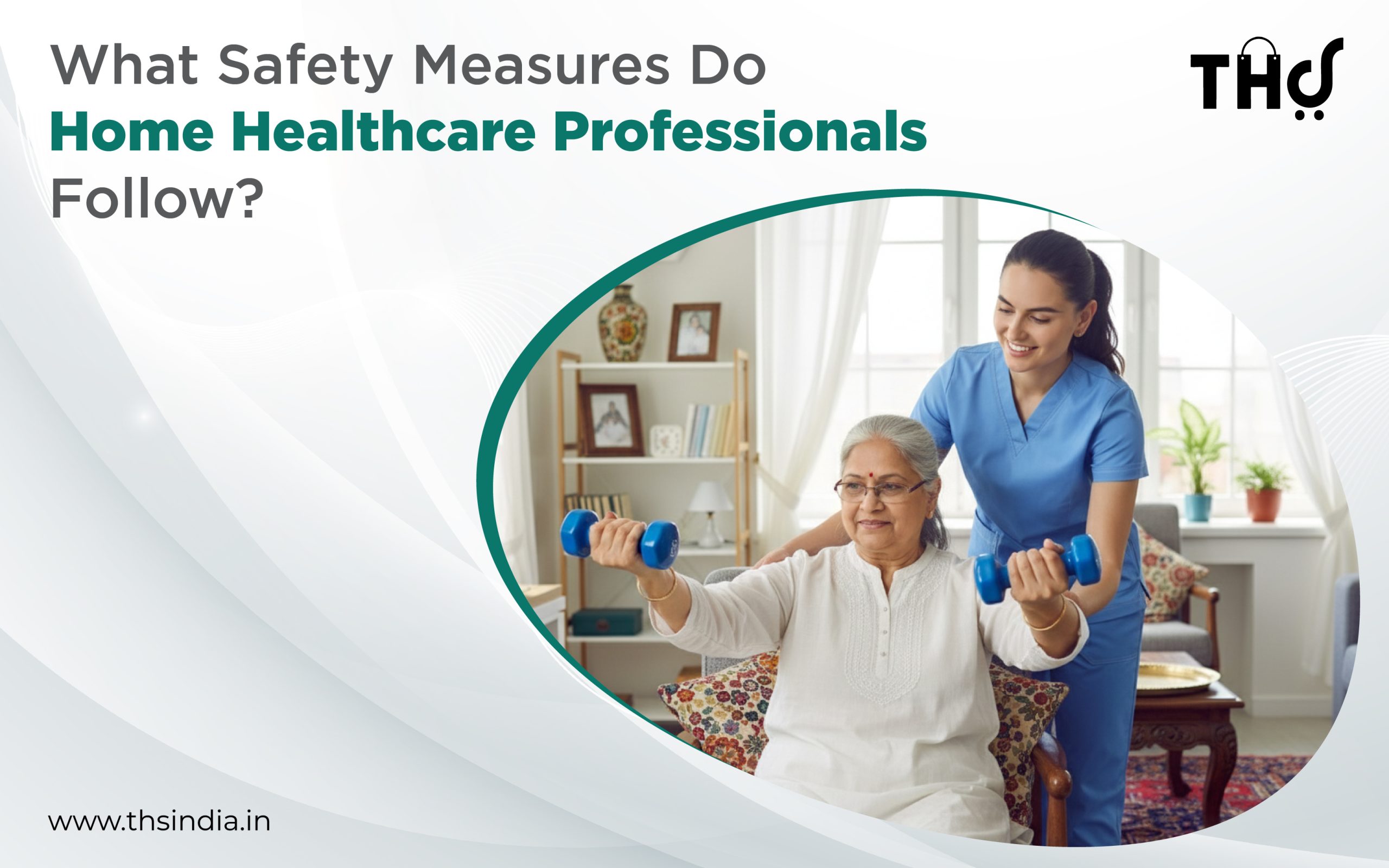In recent years, the lines between home health care services and hospital care have become almost non-existent. Patients are prioritizing their convenience and comfort. Healthcare practitioners, on the flipside, are rushing to capitalize on this shift. While exciting, this evolution opens new avenues for disease transmission and safety concerns.
Luckily, medical professionals are trained to exercise best judgment and put safety first, no matter the environment. The duty of care, safety, health, and well-being of the patients is the responsibility of the healthcare provider. Here are some measures they take to keep home care clients in good health.
Hand Hygiene
Frequent hand washing eliminates microorganisms hidden in hands that can spread infections. These professionals are required to wash with soap and water or apply hand sanitizer before and after patient interactions.
Personal Protective Equipment (PPE)
Depending on the situation, a home healthcare provider may have to wear protective clothing. Choosing the most appropriate PPE for infection prevention and control in elderly home care is vital to its effectiveness.
Common Examples of Personal Protective Equipment (PPE):
- Eye Protection: Goggles and face shields
- Hand Protection: Gloves
- Body Protection: Gowns
- Respiratory Protection: Face masks
- Foot Protection: Safety footwear
Personal protective equipment should fit comfortably and securely, and be used to guard against the particular hazards present.
Cleaning and Disinfecting:
Maintaining a cleaning and disinfecting routine before and after every consultation reduces contamination. It’s a line of defense that keeps microorganisms from spreading infections on surfaces.
Cleaning liquid or general-purpose cleaners are essential. Using a cloth, sponge, or mop, the nurse will scrub and wipe away germs. The choice of a disinfectant is dictated by regulations. The nurse will apply manufacturer instruction to maximize effectiveness.
Identifying Medical Needs:
From the initial assessment, medical practitioners are trained to put on a concerted effort to identify potential risks to patient safety. That way, they can make informed decisions for implementing control measures to promote patient and personal well-being.
Understanding the patient’s medical history allows practitioners to implement measures and precautions specific to the patient’s health needs.
Monitoring Vital Signs:
Using specialized tools and home-based lab tests, regular checks of blood pressure, heart rate, and oxygen levels help identify early signs of health issues. Monitoring helps the nurse understand health status, pinpoint problems, and meet medical needs.
Creating Emergency Plans:
Safety-related concerns are a driving force in the home nursing services sector. An accident that directly affects the lives of the patient can happen anytime. Sometimes, safety is best left in the hands of trained professionals.
Identifying potential hazards and how they can affect the patients and their families is the first step to establishing appropriate emergency protocols. That includes having a handy emergency contact list for healthcare providers and family members.
Having First Aid Kits Ready:
Preparing a kit of first aid supplies and equipment based on the patient’s risk assessment is essential to address minor injuries and emergencies. The first aid kit should contain critical supplies, including:
- Wound care and dressing supplies
- Antiseptics and cleansing
- First aid manual
- Breathing barrier
- Emergency blanket
- Pain relievers
Training in CPR and First Aid:
All home care professionals have undergone strict qualification processes and met industry standard training. That includes training in CPR (Cardiopulmonary Resuscitation) and first aid. This training ensures the professional is ready to act quickly in a medical emergency.
Training and Continuing Education
The standards of elderly home care are evolving. Undergoing rigorous training keeps the professional up-to-date with current trends in their field. They can undertake illness-specific certifications for safe and effective care.
Conclusion
Home healthcare professionals are trained to provide a safe and secure environment for their patients and their families. These strict standards are designed to make patients feel reassured knowing that their loved ones are in safe and supportive hands. After all, home care is all about comfort and care.
Total Health Solutions offers qualified care unique to your situation. Book a consultation to assess your needs and receive a personalized care plan.



